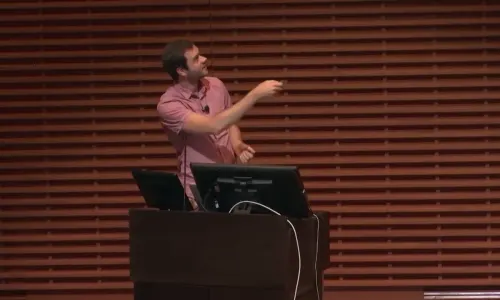See all Lex Fridman transcripts on Youtube

Deep Learning for Computer Vision (Andrej Karpathy, OpenAI)
1 hours 25 minutes 16 seconds
🇬🇧 English

Omnivision Solutions Ltd
- Getting Started
- Create Transcript
- Pricing
- FAQs
- Recent Transcriptions
- Roadmap

1 hours 25 minutes 16 seconds
🇬🇧 English

Omnivision Solutions Ltd